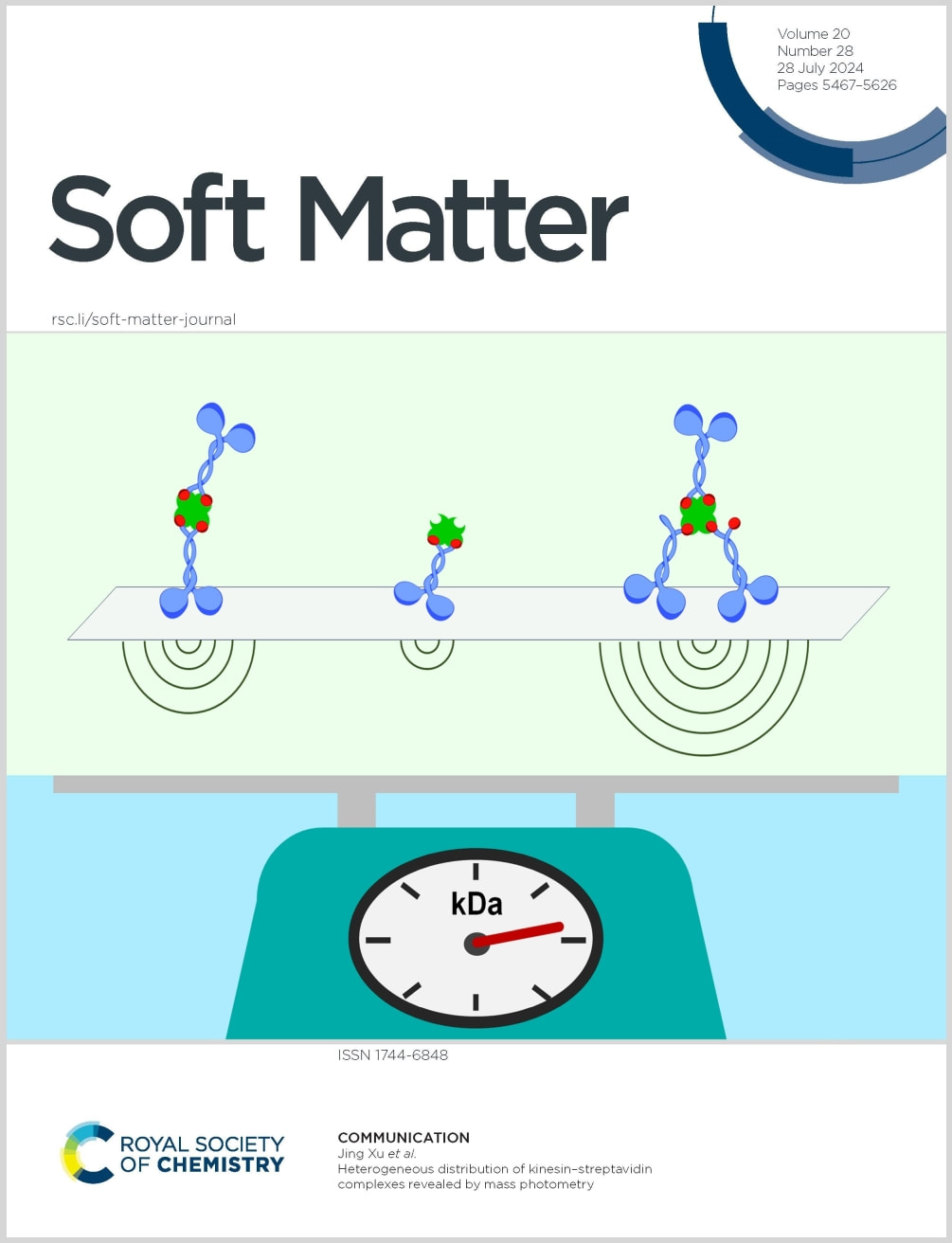 |
Writing in Soft Matter, graduate student Nathaniel Brown, Professor Jing Xu, and collaborators solve a long-standing problem in microtubule-based active matter, which uses motor protein complexes to drive filament sliding... |
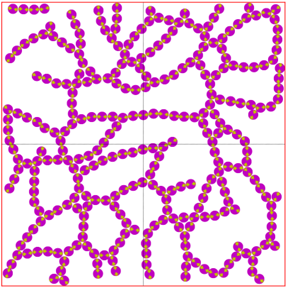 |
Cells interact as dipoles and network, optimally Writing in the Proceedings of the National Academy of Sciences, physics graduate student Patrick Noerr, working with professors Ajay Gopinathan, and Kinjal Dasbiswas, collaborated with Jose Zamora from the McCloskey lab to show that elastic substrate-mediated interactions between cells... |
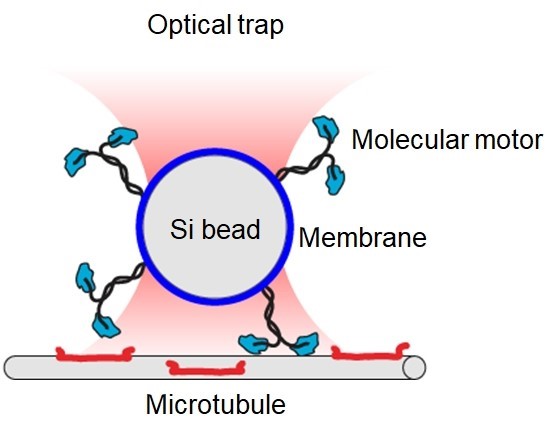 |
Cholesterol and motors: a biological analog of the many-body problem Writing in the Proceedings of the National Academy of Sciences, graduate students Qiaochu Li and John Wilson, undergraduate student Luis Arteaga-Castaneda, and professor Jing Xu investigate a biological analog of the many-body problem ...... |
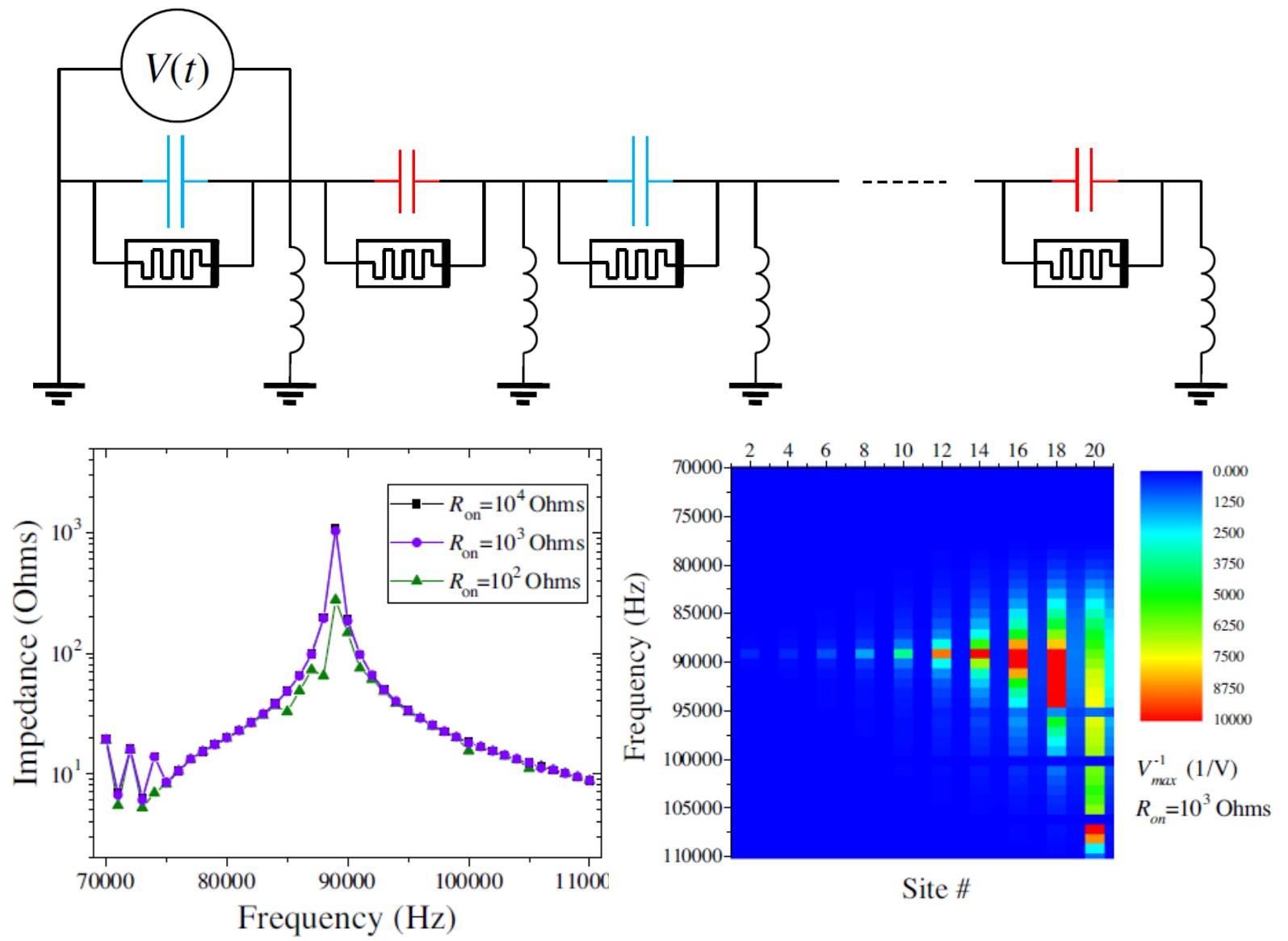 |
Topological protection in electrical circuits Using electric circuits with elements that exhibit memory effects, Prof. Chih-Chun Chien and colleagues show in their recent article in Physical Review Letters that a phenomenon known as custodial symmetry originally proposed in particle physics.... |
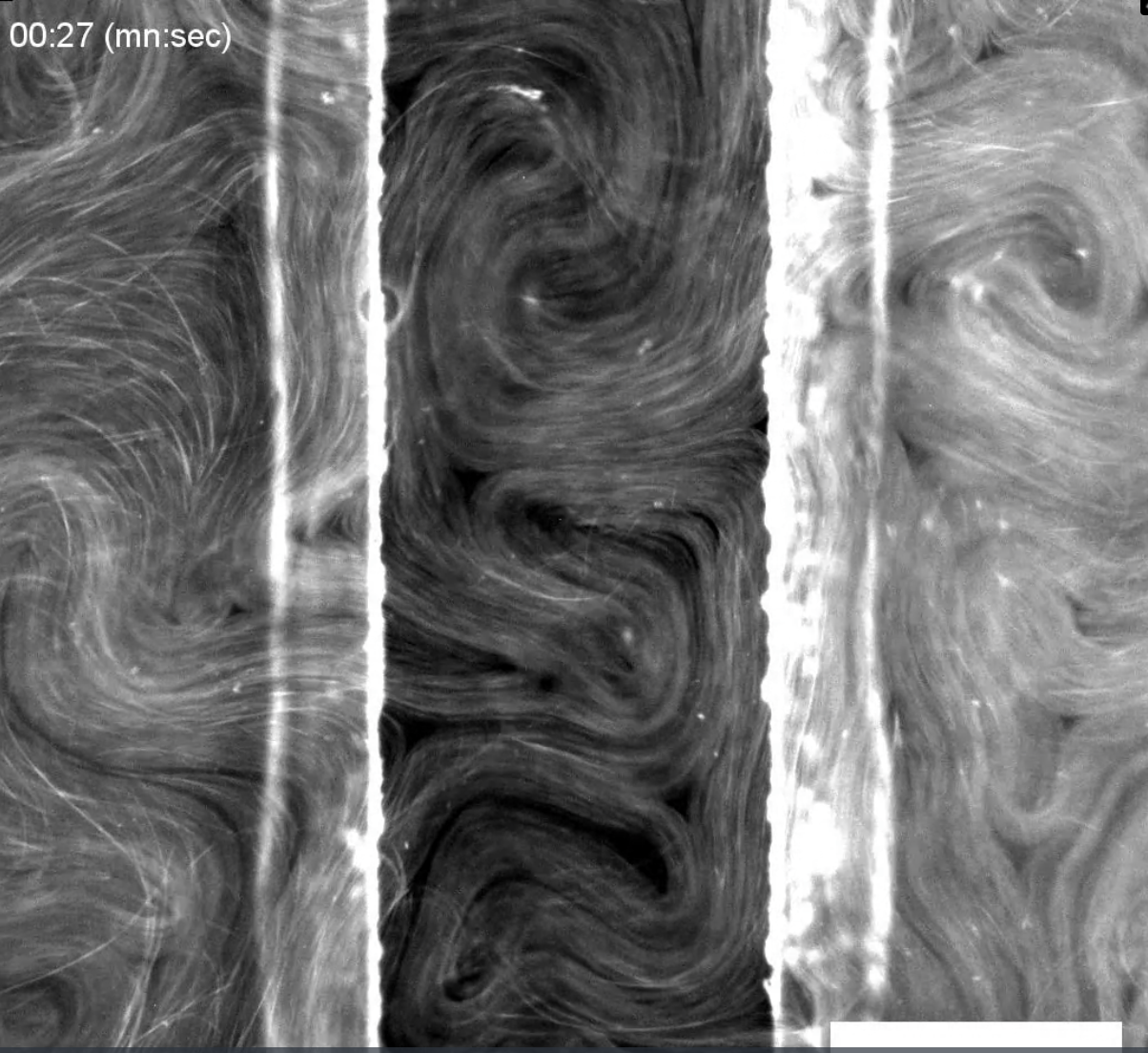 |
Writing in the Proceedings of the National Academy of Sciences, graduate student Dmitrius Khaladj and professor Linda Hirst and collaborators, show that active fluids can be controlled with microfabrication... |
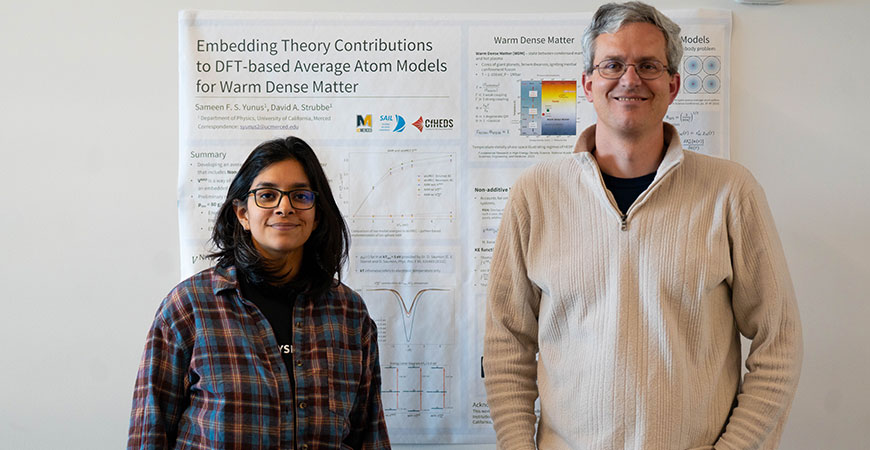
UC Merced physics graduate student Sameen Yunus has been awarded a prestigious fellowship allowing her to spend the next three years working at Lawrence Livermore National Laboratory, conducting...
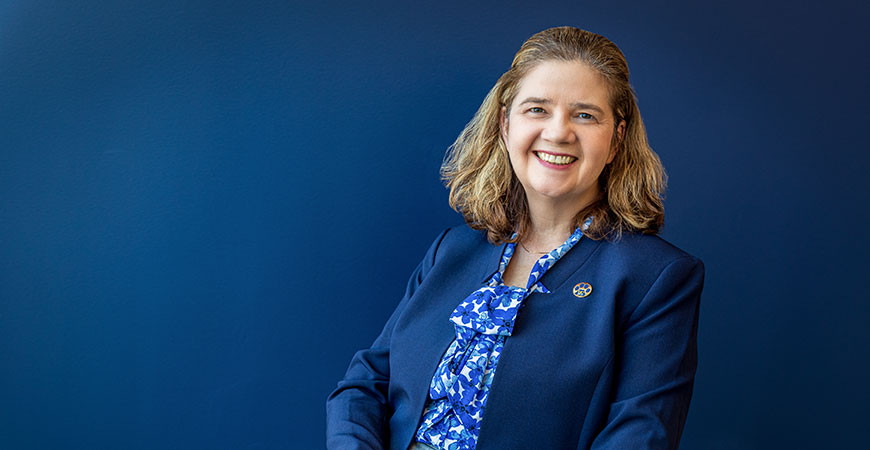
Vice Chancellor for Research, Innovation and Economic Development Gillian Wilson has been named a 2024 Fellow of the American Association for the Advancement of Science (AAAS), the world’s largest...
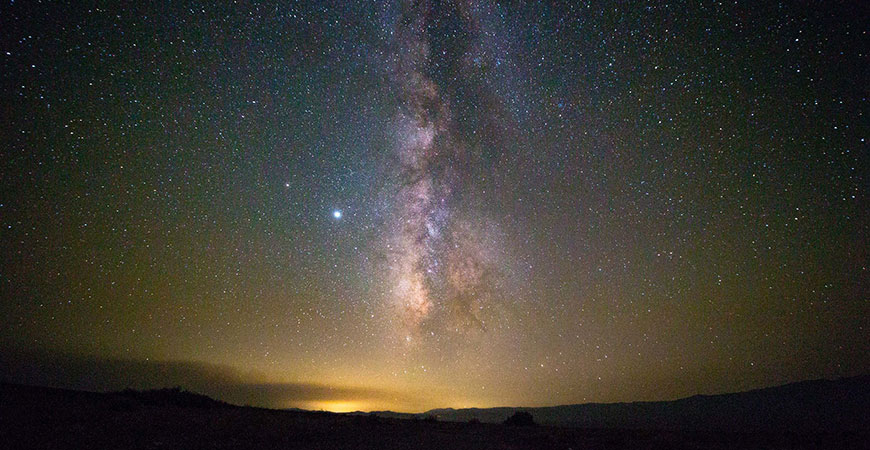
The night sky is filled with countless mysteries and worlds yet to be explored but that someday might be visited by spacecraft. In a free event titled “Celestial Tales: Stars, Exoplanets and the...
Access to World Class Resources
As the 10th campus of the University of California, UC Merced draws on the outstanding resources of the UC system, a world renowned center for research and education. The research groups in this graduate group have access to major facilities, such as state of the art laser systems, an electron microscopy facility, a nanofabrication facility and nuclear magnetic resonance (NMR) spectroscopy on campus. Other large facilities, such as synchrotron light sources, located at Stanford University and UC Berkeley labs, are within two hours of driving distances. Students also have access to the extensive library holdings and journal subscriptions of the UC system.
*Users must be signed into X to see posts
Our active, diverse group of faculty is enthusiastic, driven and invested in student success. Our team is large enough to offer rigorous and comprehensive training but small enough that students receive a lot of personal attention.
UC Merced's academic structure and physical proximity make collaborative opportunities with other research groups the rule rather than the exception.
If you're ready for a physics program that combines exciting research topics with close faculty interaction, why wait? Apply today.
Celebrating diversity
The second-largest program within the School of Natural Sciences, our graduate group celebrates diversity. Seven of the 20 faculty members are women and 43 percent of our students are either underrepresented minorities or women, which makes our group among the most diverse in the country.
Research-focused undergraduate education
Undergraduate students at UC Merced have a rare opportunity to take part in scientific research with world-renowned research groups in cutting-edge fields such as atomic, molecular & optical (AMO) physics, biological & soft matter physics, condensed matter & nanoscale physics, and solar & energy sciences. During the senior year all students work closely with a faculty advisor to design and carry out a research project, with many starting their research work in earlier years.
Apply to our Interdisciplinary Biological Engineering and Science Training (I-BEST) REU program!